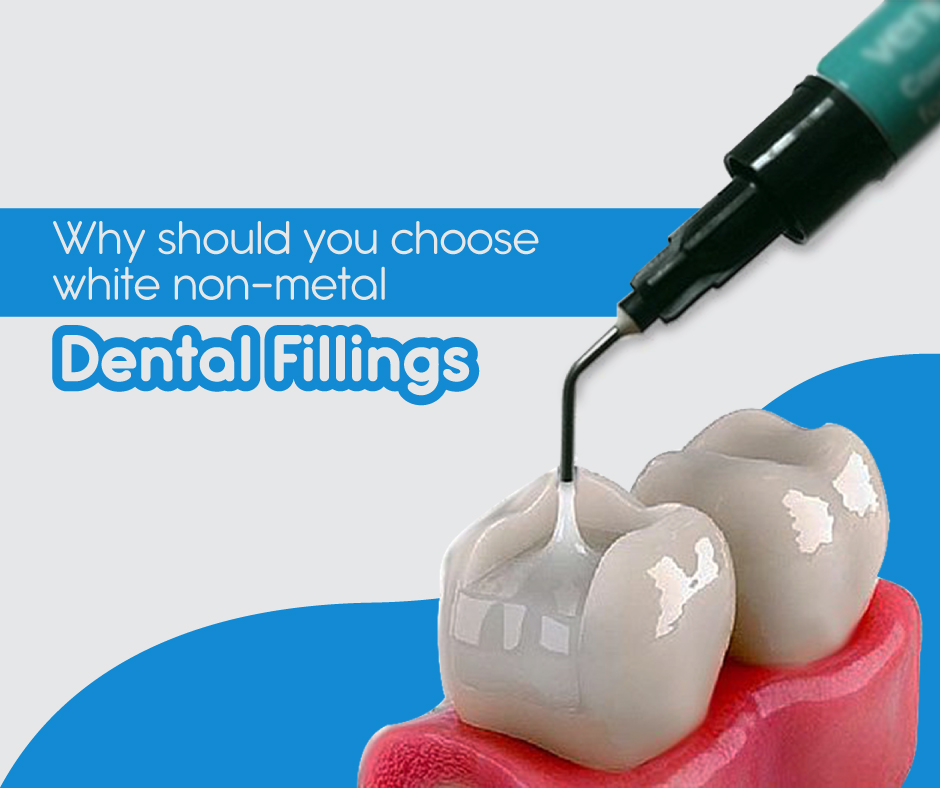
Almost every person has to deal with cavities at one point or another in their life. It is possible that despite the best oral hygiene, you may not always prevent cavities. After all, things like age and genetics also play a role. With that said, you must not undermine the importance of proper flossing, brushing, and regular dental cleaning as they do help!
People can form cavities at any age including childhood. As soon as you hear you have cavities, your first step of action would be to get it filled. Although you may not necessarily get a choice in terms of which kind of filling to go with, it’s good to know the different kinds along with their pros/cons.
In this post, we look at why it makes sense to pick white non-metal fillings over silver or gold ones. Let’s see…
Table of Contents
What are White Non-Metal Fillings?
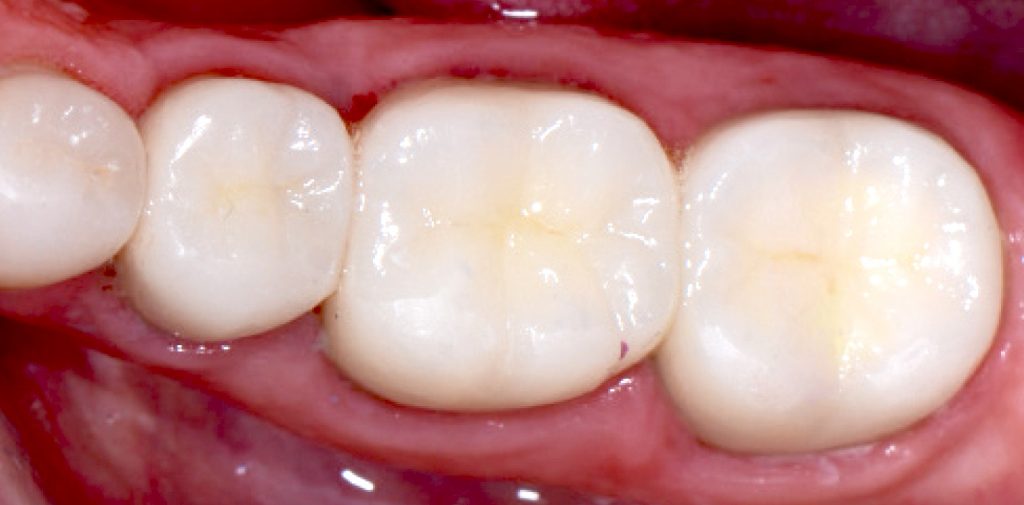
img source: eagleharbordentist.com
White fillings are made of composite resin. Because of their color, they match the natural color of the tooth. A whole lot of different materials can go into it including silica, quartz, and at times barium. Barium gives it added strength.
White non-metal fillings first came out in the 60s. Since then they have grown in popularity. Naturally, over the years, their quality has improved as well. Today, white fillings happen to be one of the most effective and promising ways to fill cavities both at the back and front.
Advantages of White Non-Metal Fillings
More attractive – Unlike silver fillings, white fillings match the natural enamel of your teeth. That’s why they appear more natural. An expert dentist from Markham Stouffville Smile Centre can blend it naturally into your teeth to create a seamless finish. That’s why white fillings are much more attractive for people who feel conscious of their teeth and want a more natural look rather than the artificial look of silver or gold.
Highly versatile – Composite resin is quite versatile. Other than being used as a filling, dentists also use it for repairing broken, chipped, or worn-out teeth.
Stability – White fillings require that very little of your tooth structure be removed before filling the cavity. That means you’re able to preserve more of the natural portion of your tooth. Also, white fillings bond naturally with the actual tooth thus offering more stability and strength to the structure that has become weakened.
Free from metals – White fillings carry no metal. Some countries have banned the use of mercury for filling as they speculate that amalgam might post health threats.
Resistance to temperature – Amalgam fillings can expand and contract based on the changes in the mouth’s temperature. White fillings remain unchanged to these changes; thus offering added protection against fractures.
Less Drilling – Since white fillings require only less part of the teeth to be removed, it’s good for children as less drilling is involved and kids hate the sound of the drill in a dentist’s office.
What are ‘Silver’ Fillings?
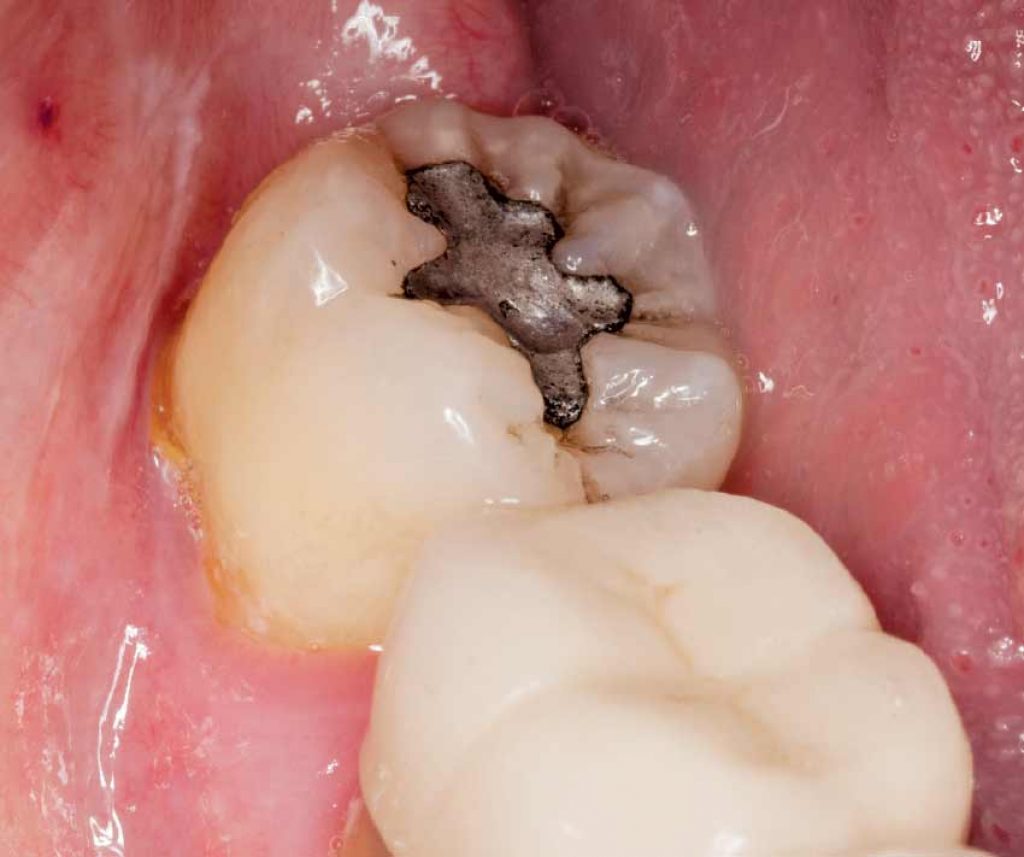
img source: deardoctor.com
Silver fillings are also called dental amalgam. It’s a mix of metals like silver, tin, copper, and mercury. They are called ‘silver’ because they appear a lot like silver even though several metals go into it.
Almost 50% of dental amalgam is mercury. Elemental mercury binds all the other metal particles like copper and silver together. Adding mercury also makes the filling more pliable so that it’s soft enough to be pressed inside the cavity and strong enough to bear the force of biting, chewing, and talking (once dried).
Disadvantages of Amalgam/Silver Fillings
The last few decades have seen a growing concern around the safety of dental amalgam; particularly its mercury content when used as a filling.
Scientists believe that mercury is released slowly in the form of vapors from amalgam when the person inhales it. The lungs can then absorb that mercury. Mercury exposure has been linked with negative effects on the brain and kidneys.
Many believe mercury to be responsible for conditions like MS, Alzheimer’s, and Autism. However, there’s no conclusive evidence to support such concerns.
What are Gold Fillings?
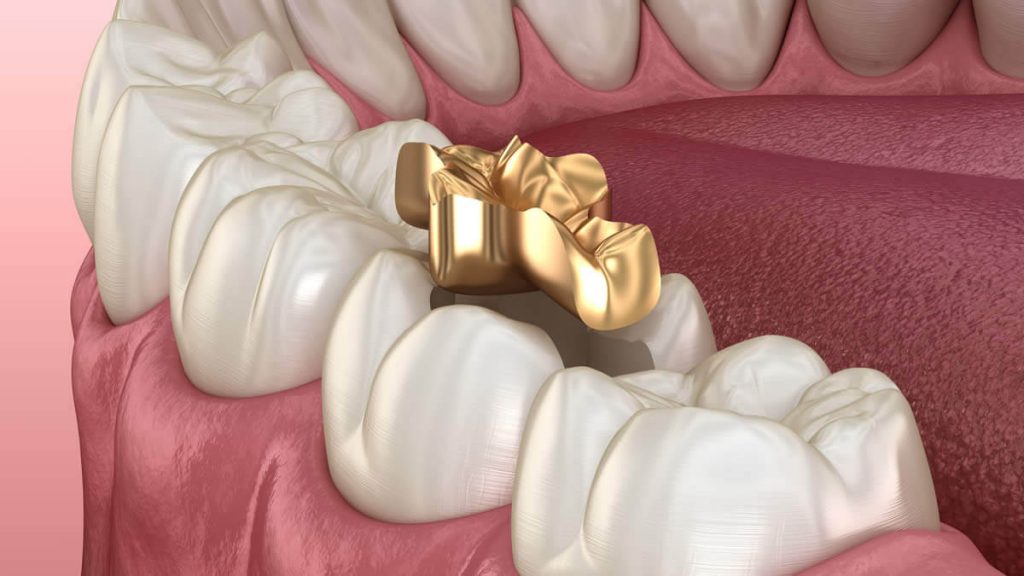
img source: lakeviewdentalfl.com
Gold tooth fillings easily last over a decade. They happen to be strong and many prefer the way they look. In terms of appearance, they resemble gold.
Disadvantages:
- Gold fillings can be rather expensive so they’re not for everyone.
- Gold fillings are an indirect route of filling a cavity. First, the dentist will make an impression of the place where it will go. He will then send it to the lab to create a custom filling. Because of this, a second visit is often required.
Other Filling Types
Tooth-colored fillings do not use metal
These types of tooth fillings use a tooth-colored resin which is produced from powdered glass and plastic resin. When they fill the cavities in the tooth, they look imperceptibly. In other words, they blend with the color of your teeth, which means they give a completely natural look. Colored fillings are usually used for the teeth because they are visible the most. Luckily, they can be used for the rest of the teeth as well, for their ability to handle chewing strength. They are recommended for small and medium filings.
The main thing that highlights this coloring filling type is the fact that they do not use metal. In other words, if you have some allergy to metal or that option does not suit you, you can consider a composite filling. You can use them to fix some broken, chipped, or worn tooth, as well. They cost approximately $135-$240 per filling. The price will depend on the location of your tooth and the size of the filling. However, if you have dental insurance, they will cover most of the costs. This especially refers to filling front teeth.
Consider ceramics fillings

img source: dentaldesigns.com.sg
Ceramic fillings are made of porcelain which allows them to be resistant to staining. This is a big advantage that composite resin materials do not provide. Interestingly, if you consider this filling type you should know that it is very durable. More precisely, it can last more than 15 years. One more benefit is the costs of the ceramic fillings. It is cheaper than gold filling.
Glass ionomer is another available option
This teeth-filling type is made of specific glass material and acrylic. If you are considering this filling type, you should know that this is usually used for fillings below the gum line. Despite that, dentists use glass ionomer commonly for children. The glass ionomer function at the principle of releasing fluoride that helps in protecting teeth from caries and further weakening. You should know that this filling type is not so powerful as colored filling resin. Also, it is more likely to break because they are not so durable. In general, they can last for five years or even less.
Indirect Filling Type
In general, indirect fills are pretty similar to colored fillings or composite ones. However, we need to highlight they are produced at the dental laboratory. Also, if you are considering this filling type you need to prepare yourself for more than one visit because it requires checking your teeth structure before placing. They are usually used when there is no enough structure to allow a filling, yet the tooth is not completely broken and requires a crown. The first thing that dentist needs to do is to remove the old filling or some decay. After that, a dentist registers what shape of the tooth needs to be repaired. After that, the analysis will be sent to a lab where an indirect filling is made. In the end, a dentist will put the filling and your teeth will be protected.
Ready to Choose Metal-free Fillings?
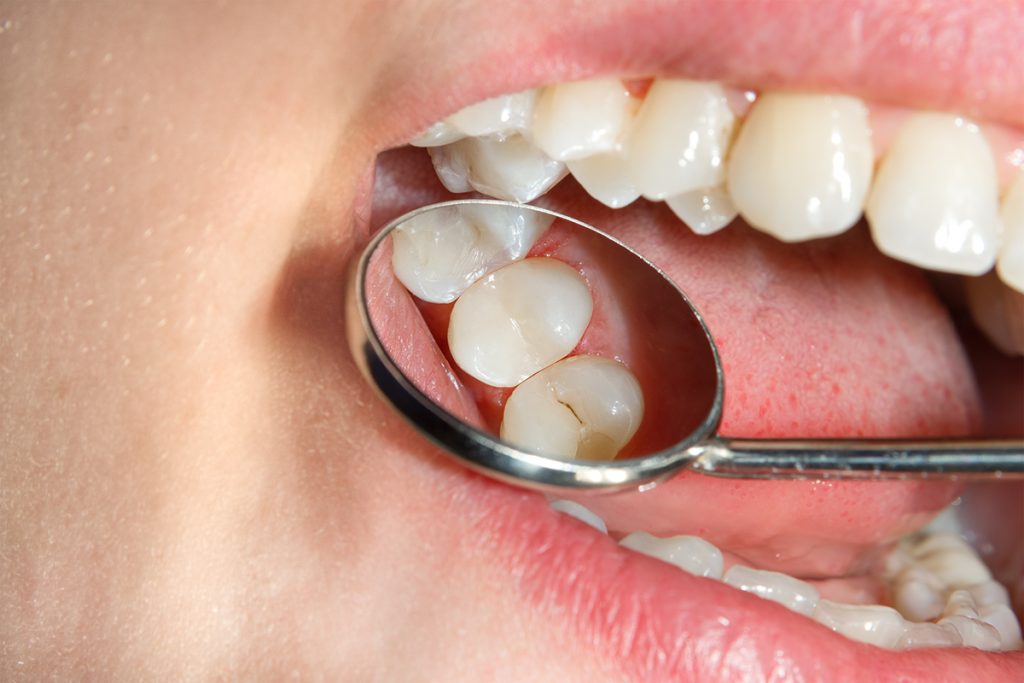
img source: acvdental.com
White fillings make a lot of sense. But, no matter which one you go with, it’s important that you visit your dentist regularly. You must also stick with regular cleanings, check-ups, and proper flossing/brushing practices at home. If you do find a cavity, you must not panic. It’s not something that you cannot handle. Regular dental visits can help catch cavities early on.
Both silver and white fillings may do the job well. However, it all boils down to your preferences and concerns. Once again, it’s best to work with your dentist.







